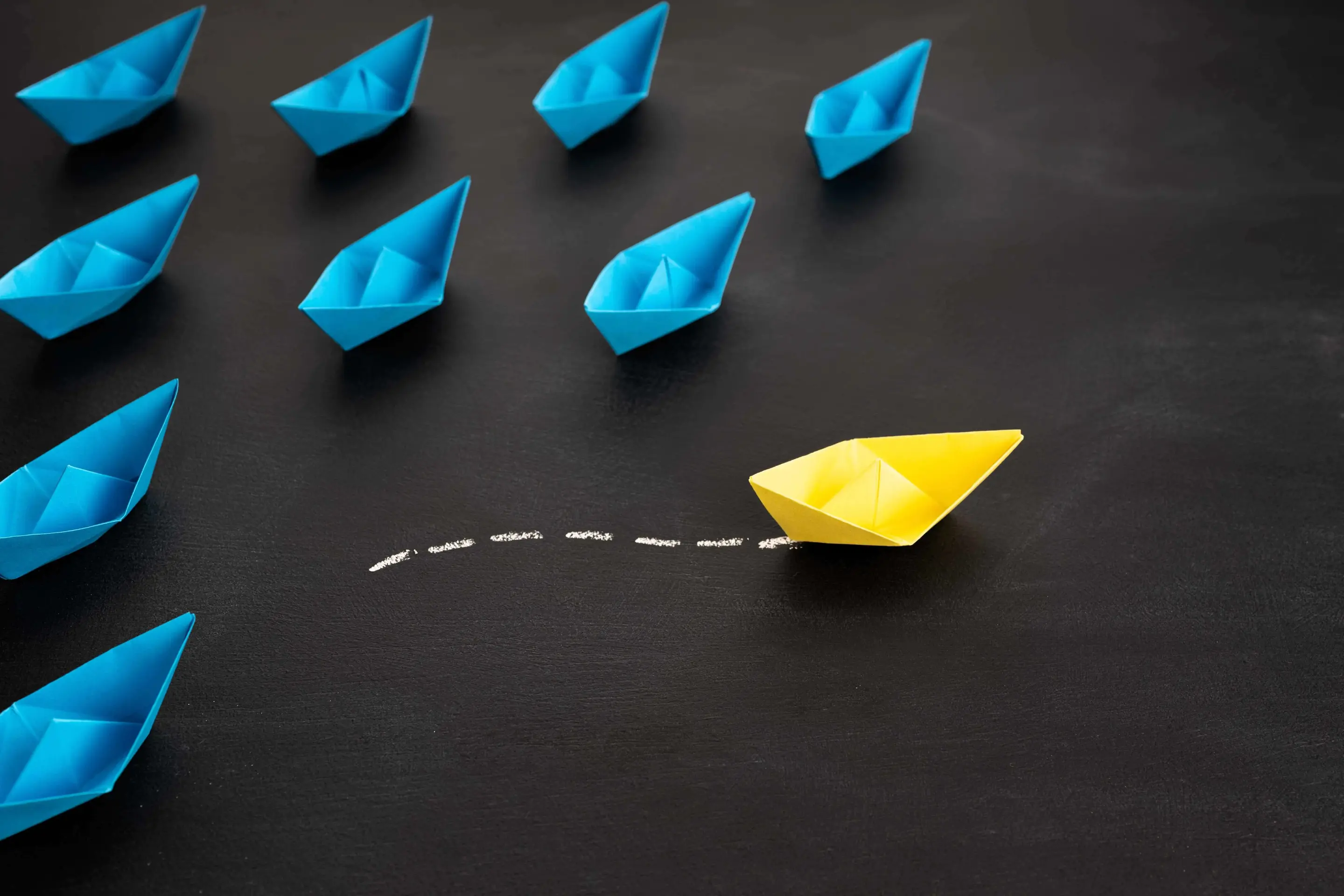Beginning any bespoke digital product development comes with a unique set of opportunities and challenges to navigate.
At DockYard, we continuously create and improve best practices and workflows to ensure efficient starts. But we also understand that each of our client’s individual cultures comes with a creative opportunity to align with a new way of doing things, and explore unknowns with curiosity. We employ a variety of methods to informally embed ourselves in a company’s culture; one of the most obvious is joining their Jira, Asana, or similar preferred project management software.
By devoting time to curiosity and learning at the beginning of an engagement—about how to work in addition to what to make—our team is able to create an innovative strategy that not only addresses users’ core problems, but sets our client’s team up for success long after we’ve finished our work.
Keeping an Open Mind
Because we don’t adhere strictly to preconceived notions of process, we’re open-minded while learning about our clients’ goals and missions. We then determine what’s possible to design and build, and our product development teams feel secure entering into the delivery phase with confidence and empathy.
This approach comes with its own challenges for our internal teams. Delivery-minded disciplines have a strong motivation toward action and solving problems in front of them. Repeatable processes can be a simple, efficient way to show forward progress.
These feelings are natural, but the drive toward action is at its most dangerous when our knowledge of our clients and their users is low. We can’t know what we don’t know, and making progress quickly at the expense of learning can be costly: The cost of rework in software can be four times the effort at minimum as the initial build.
In order for us to be fiscally ethical with our clients’ money, we have to slow down early on and allow for a more creative, holistic process to emerge that uncovers the most appropriate solutions.
Embracing the Unknown
There is also a special breed of people in product development who really enjoy the unknowns and learning deeply about a subject in order to be innovative. Designers and strategists are obvious participants, but I have also seen absolutely stunning results from engineers and product managers who maintain curiosity and don’t emphasize efficiency at the cost of learning early on.
Being vulnerable enough to understand that you barely know anything is critical. A bespoke answer is out there if we listen and learn. It brings a natural transition from uninformed outsider to informed insider, and that voyage can only be taken once per engagement. It’s a gift if we slow down and embrace it.
Learning the cultures that surround our products has another benefit: It allows our clients to be active participants in creating a strong product culture. We consult on projects, but at some point we leave and our clients need to carry the torch. By aligning and sharing wisdom back and forth, we can leave some of our culture behind.
No Identical Projects
Let’s look at a real world example where we didn’t approach the project with this kind of fresh eyes and openness to learning something. We had an onboarding with a client that seemed to closely match another recently completed project.
We organized a discovery workshop onsite that helped us understand the nuts and bolts of the project, but we didn’t have as much time to get to know their internal culture and audience as we would have liked. We also didn’t share as much about ourselves and how we work to try to reconcile differences early.
Instead, we leaned on our knowledge from past projects and forged ahead with a seemingly clear roadmap and mandate to move quickly.
When we recognized what we’d done wrong, we leaned in hard to repair the situation and ultimately completed the project successfully.
Slowing down beforehand and digging deeper into the opportunity and cultures surrounding the project goals would have exposed these misalignments much earlier, allowing for better collaboration and innovation. This approach has become a principal tenet of our early-stage work during client engagements since then.
Find the Creative Partner
If your project needs real creativity based on innovation, look for a company that doesn’t claim to already have all the answers. Look for a partner that has experience solving many different challenges in ways that are surprising and creative.
Companies that parachute in and take over with a static, tried-and-true method will ultimately miss opportunities to set an innovative strategy and culture that avoids rework and lasts beyond the engagement itself.
DockYard is a team of strategists, designers, product managers, and engineers who collectively love to consult with all types of orgs on innovative products. We work to make the project solve real problems and meet real needs for your audience and brand value, not for our own glory.
This post was written by former Director of Product Design Ben Munson and published with minor edits by Associate Director of Product Design Jon Akland.
If you’re ready to put DockYard’s innovative talents to work solving your problems, get in touch today.


